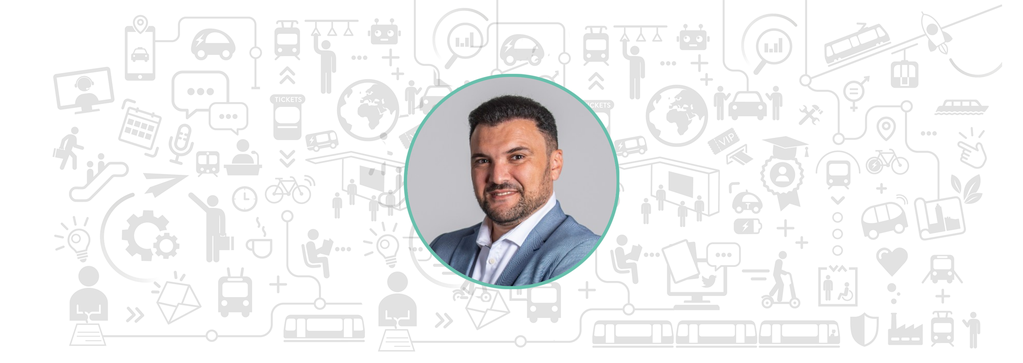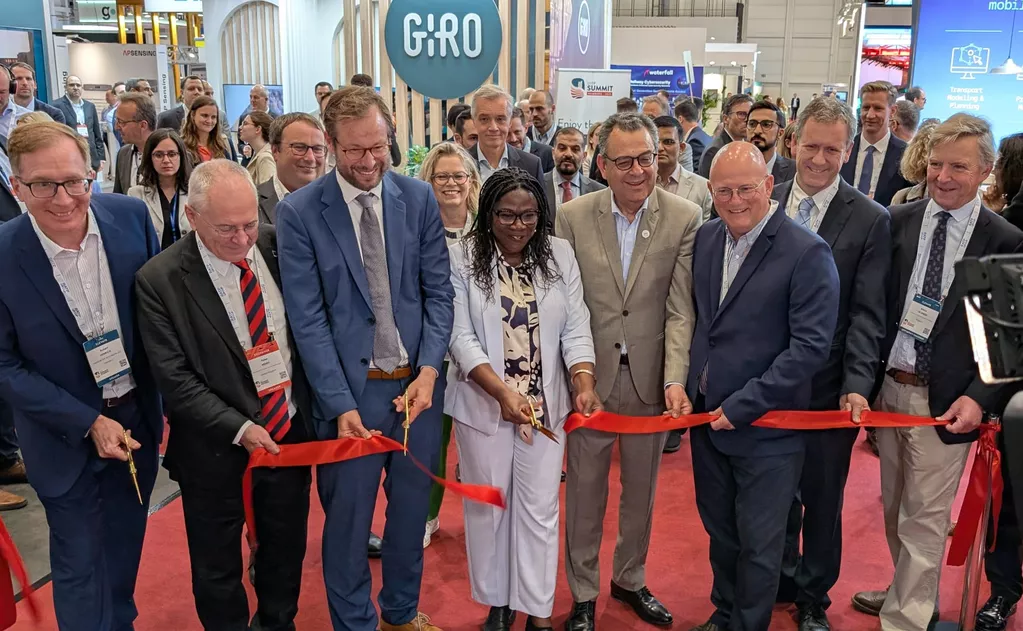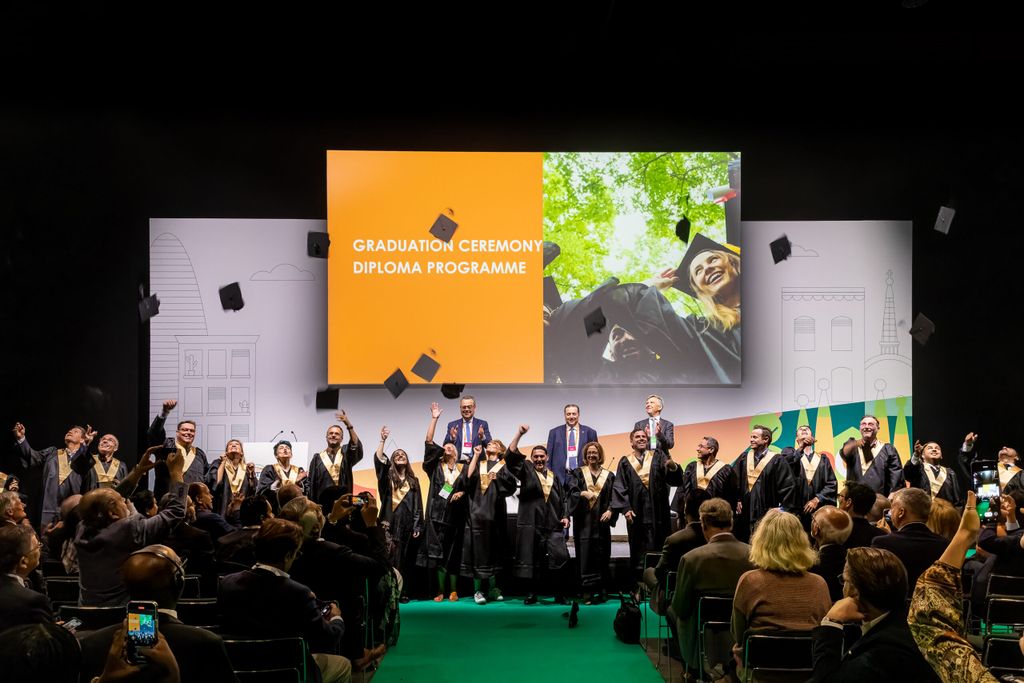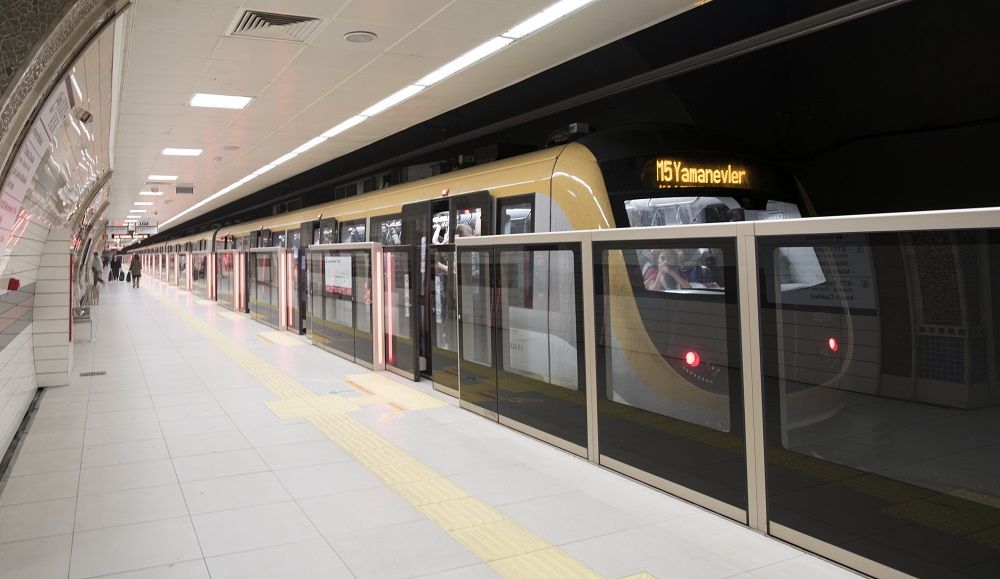

Blog: How Artificial Intelligence and Internet-of-Things can Reshape Transportation Systems for Better Public Health
Introduction
Covid-19 has indelibly transformed the way society thinks and interacts. Extended lockdowns around the world have compelled most people to work from home. And while some may perceive this as temporary, the emerging sensibility is that social distancing and even semi-lockdowns will continue over the foreseeable future to safeguard public health. Transportation agencies will have to adopt smarter strategies to support public health policies which will be needed worldwide for the next two to three years, and may become the new norm.
Moving forward, it is necessary to take a holistic view of transportation systems, and better account for public health. Additionally, we could take greater initiative and evolve transportation systems that truly take passenger experience to the next level, including measures that reduce commuting stress, boost mental and social well-being, and improve personal safety.
Background
In this write-up, I will be focusing primarily on artificial intelligence (AI) and internet-of-things (IoT) developments for rail transit systems, or trains, which form the transportation backbone of nearly every major city around the world. Innovation goals in rail transit have transformed radically in the wake of Covid-19. In the past, Smart transportation architecture was often directed towards converting more people to public transportation, which is greener and far more efficient than cars. To convince the public, many advances had to be made in train travel reliability, reducing downtime, and building more accurate signalling systems and time prediction tools. While crowding was a concern, it was generally not a public health issue.
In contrast, commuters of the post-Covid era are far more concerned with crowding. They also expect accurate temperature screening, mask screening, and better train and station hygiene. Secondly, train frequency optimisation models need to adapt well to the demands of social distancing and staggered peak hours. Headways, or the time interval between trains, are expected to be more responsive and adaptable according to the crowd level. Platform density must also be managed well in real time, in order to secure public confidence. Clearly, these tasks involve ingesting massive amounts of data and implementing incredibly complex analytics. The good news is that new jobs can be created, side by side with the evolution and elevation of supporting AI and IoT technologies, which I will outline in the next section.
Leveraging on AI and IoT to Build Covid-Free Transportation
Firstly, touch-less fever detection and mask detection technology will become one of the key safety measures at all entry points at the train stations. Combining thermal imaging with video analytics and AI techniques provides a robust system to identify individuals, their body temperature and whether they are wearing masks. Skin temperature as measured by thermal cameras is not always an accurate indicator of body temperature. As an example, the skin temperature of passengers alighting from air-conditioned shuttles or taxis is lower than their actual body temperature. Immediate temperature screening would result in inaccurate readings that may fail to identify a fever. To enhance fever detection, facial and skin temperature data is sent to AI models which track temperature information and any anomaly with historical data is flagged. This helps to accurately identify fever where ambient conditions can impact skin temperature. This system will eventually be integrated with public health care systems such as contact tracing, to accelerate tracking speed, locate exposed individuals and quickly contain the spread of infection.
Speech recognition is another AI technology which will be extremely effective in infection control and improving efficiency. Voice-enabled ticket vending machine adoption will increase as it helps prevent cross infection as well as support the visually impaired persons. Shanghai subway has deployed an automated ticket vending machine which uses voice and facial recognition technologies. Voice-activated or touch-less buttons can also be implemented for the elevators at the station. Alternatively, buttons could be activated by hand proximity and motion detection, without physical contact. We will start seeing a surge in voice-based apps which will start controlling many aspects of the stations like ticketing machines, elevators, and wash room doors. Voice-based controls might become the new norm and would start replacing touch interfaces. Escalators are another aspect which needs to be addressed given that those are most commonly touched by commuters. Agencies would start installing automated escalator handrail cleaning devices which utilise ultraviolet (UV) light to kill nearly every germ coating the rubber belts. These devices are typically placed just before escalator users hop on, ensuring the handrails are still relatively clean when the commuter grabs on at the bottom. Post Covid, hospitals and retail malls have started to implement these sanitisers in Singapore and Korea.
The above measures are just the tip of the iceberg and are primarily for infection containment. The complexity lies in reducing the crowd levels at stations and inside the trains. I foresee health and safety regulations coming into action from employment agencies to make sure there are staggered working hours. This should help avoid the crowds and not stress the transportation network like it used to pre Covid. But these policies would change the Origin-Destination matrices. To address this change, transport planners would have to revisit the schedules and headways. Transportation planners will need access to a data-driven simulation tool able to build from accurate actual day reconstructions in order to provide insights and recommendations on the impact of the implementation of certain policies. As a starting point, planners would need to extend the morning and evening peak hours to support staggered working hours.
Commuter real-time data is the key to manage this transformation. Today agencies are able to get the real-time data of the trains and buses but the commuter information is not always available in real time. Transport agencies would need ways to extract accurate and comprehensive data from their transport operations. The key here is to build a complete view of trains, buses, platforms and most importantly the commuters. AI and IoT techniques would become paramount to create this complete view which can be further utilised to manage the crowds in real time and also become the accurate source of information for the transport planners. WIFI data from the commuter phones can become a key sensor to track commuters on the transport network. WIFI data will be able to help generate crowd density at the platform or inside the trains by using an anonymous, non-participatory method. Agencies can start using probabilistic models along with big data analytics to extract information like platform crowd density and station vicinity crowd levels. Once the commuter information is available, we need to apply context-aware fusion analytics which will provide information about the causes of crowd surges and inadequate supply-demand levels. Examples of relevant context include weather, planned or spontaneous events, social media, and availability of first-and-last mile modes such as bike-share bicycles near stations, and utilisation data from external locations and points of interest. Using the above models, agencies and operators will be able to monitor the crowd levels in real time as well as understand the context behind the crowd levels. Alert thresholds for crowd levels will be defined based on the new social distancing norms. Agencies will need to define Standard Operating Procedures (SOP) to handle these alerts. These SOPs would trigger AI-based real time simulation which will provide optimised response plans like injecting additional trains and buses. Agencies will have to implement agile simulation systems to automate these SOPs. In the past, simulation capabilities were utilised primarily on quarterly basis for headway optimisations. With advances in high-performance computing and big data, agencies will be able to utilise simulations in real time to solve crowding problems. It is not just for crowding incidents but this system can be utilised for improving response times during all types of incidents, track failures, signalling systems issues. Singapore’s Land Transport Authority has implemented a similar data-driven analytics system to manage commuter traffic surges and emergencies.
Investments in such systems not only address the current needs for infection containment or incident management but will also create new services, experiences and add value. To give an example, this system will provide information about how customers use and interact with the network, both under normal conditions and during incidents and disruptions. Agencies will be able to implement data-driven analytics to get better understanding of sites like the most valuable site for companies which would help generate increased advertising and commercial revenue for agencies.
Membership benefits












